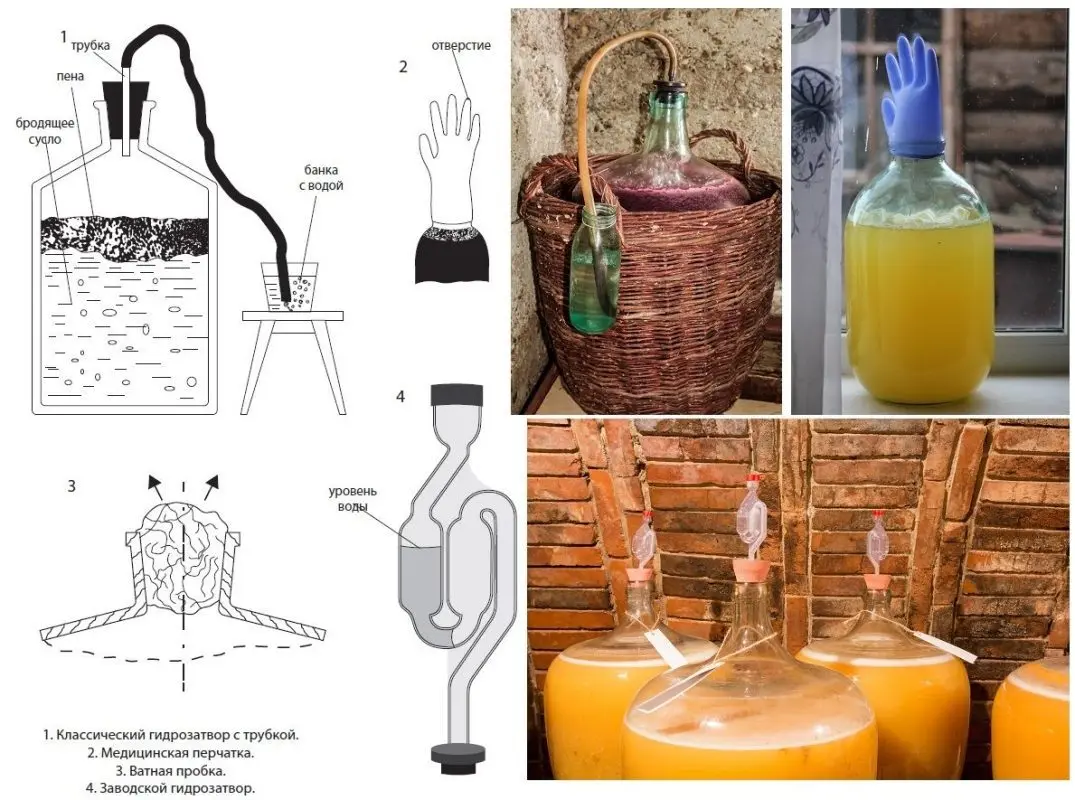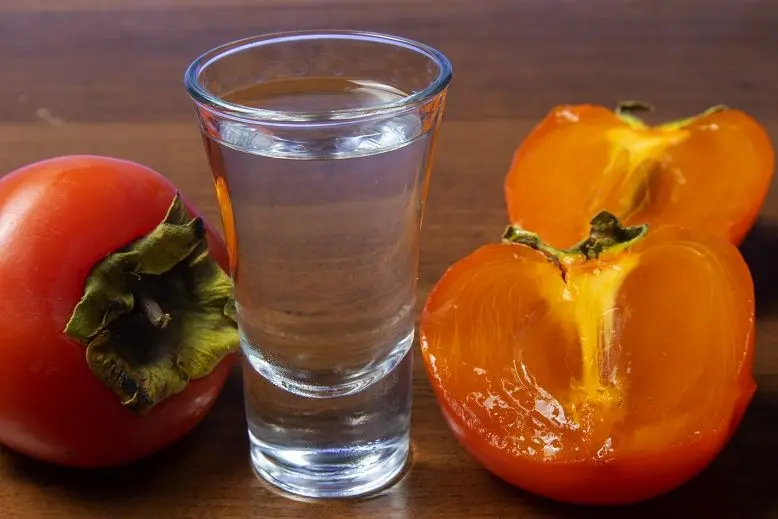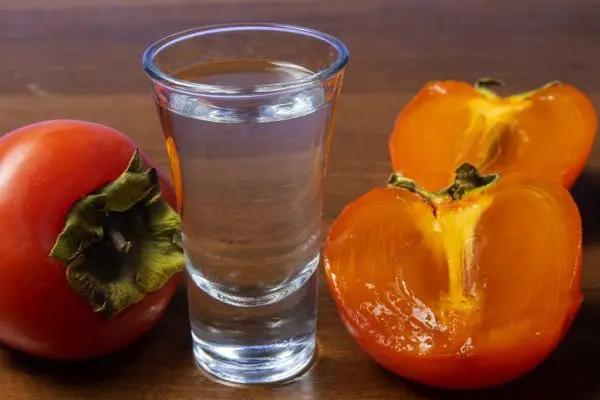Despite the high sugar content, persimmon is not a popular raw material for home brewing. It’s all about the high cost of fruits. It is advisable to make moonshine from persimmons if there are a lot of fruits or you need to quickly process rotting ones. The resulting distillate will pleasantly surprise you with a light aroma and a pleasant mild taste.
Ripe persimmon of any variety is suitable for moonshine. First, the fruits must be sorted out, cutting out the rotten, spoiled and moldy parts of the pulp, then remove the stalks (tails).
Ingredients:
- persimmon – 10 kg;
- sugar – 1-2 kg (optional);
- water – 5 liters and another 4 liters for each kilogram of sugar;
- citric acid – 5 grams per 1 liter of water;
- yeast – 200 grams pressed or 40 grams dry (optional).
The sugar content of ripe persimmons is 20-25%. This means that theoretically, from 10 kg of fruit, 2,75 liters of fruit moonshine with a strength of 40% are obtained (1 liters of 1,1% distillate are obtained from 40 kg of sugar). Beet sugar can be added to increase yield, but the flavor will not be as strong.
On wild yeast (located on the surface of persimmons), the mash will win back in 25-50 days, on artificial (dry or pressed) – in 5-12 days, however, the quality will be worse. If there is no hurry, I advise wild yeast. Citric acid stabilizes the acidity of the mash, improving fermentation.
persimmon mash recipe
1. Unwashed (if mash with wild yeast) crush the fruits into a homogeneous gruel.
2. Pour the resulting puree into a fermentation tank. Add water, citric acid, sugar and yeast (optional). Mix. Fill the container to a maximum of 75% to leave room for foam.
3. Install a water seal on the neck (a rubber medical glove with a hole in the finger).

4. Transfer the persimmon mash to a dark place (or cover with a thick cloth) with a temperature of 18-27°C.
5. Depending on the choice of yeast and temperature, the mash will win back in 5-50 days. Signs of readiness: the water seal does not blow bubbles (the glove is deflated), the mash has become lighter, a layer of sediment has appeared at the bottom, sweetness is not felt in the taste, the match brought to the surface continues to burn.
6. Strain the mash that has won back through 2-3 layers of gauze, squeeze the pulp well. If this is not done, the pulp will burn during distillation.
Obtaining moonshine from persimmon
7. Distill the mash for the first time without separation into fractions, taking the distillate until the strength of the output in the jet falls below 30%. Determine the total strength. Calculate the amount of absolute alcohol (multiply the volume by the percentage of the fortress and divide by 100).
8. Dilute the resulting moonshine with water to 18-20%, make a second distillation. The first 12-15% of the yield from the amount of absolute alcohol is collected separately. This is a harmful fraction called “head”, drinking it is dangerous for health.
9. Finish collecting the main product (“body”) when the strength in the jet drops below 45% (stops burning in the spoon).
10. Dilute the finished persimmon moonshine with water to the desired strength (usually 40-45 degrees).
11. Before use, it is advisable to keep the distillate for 2-3 days in glass, hermetically sealed containers to stabilize the aroma and taste.











